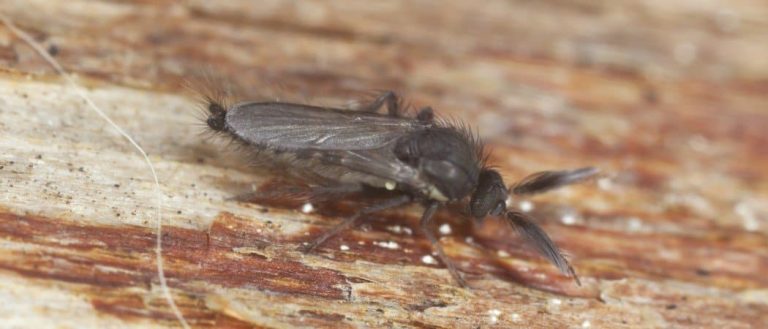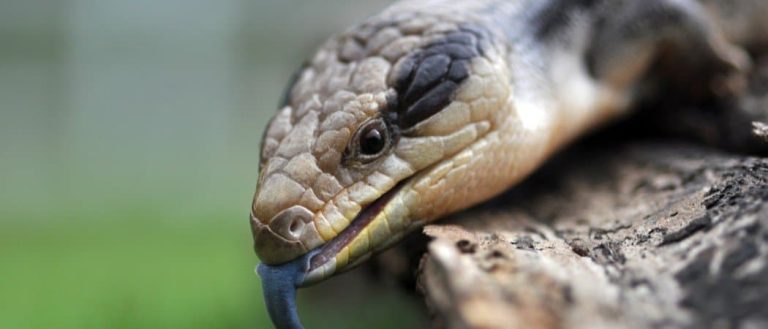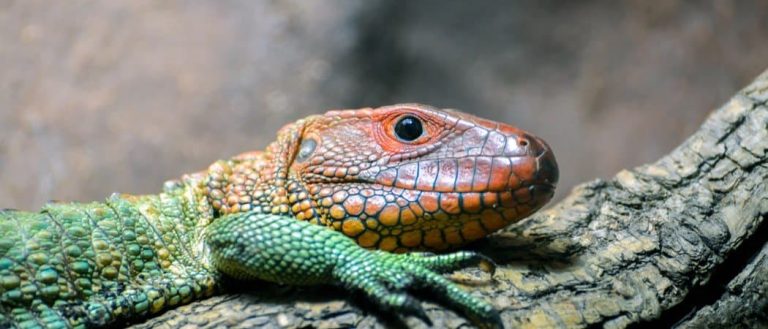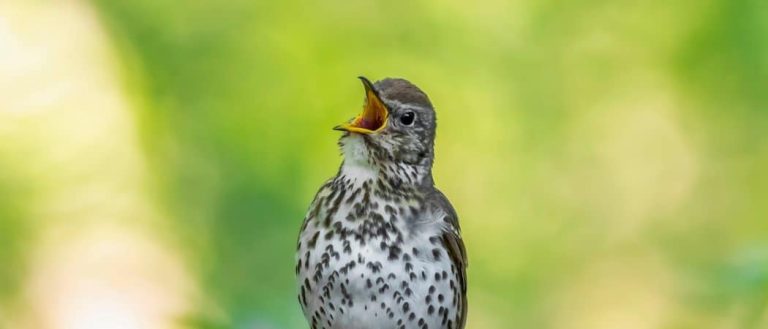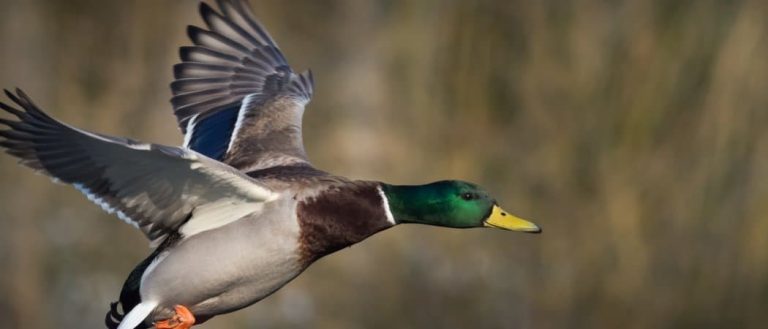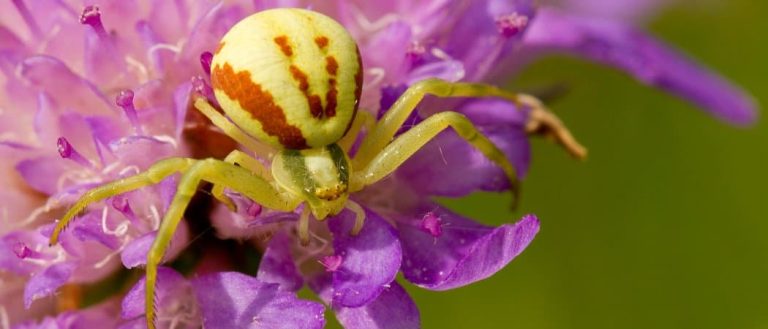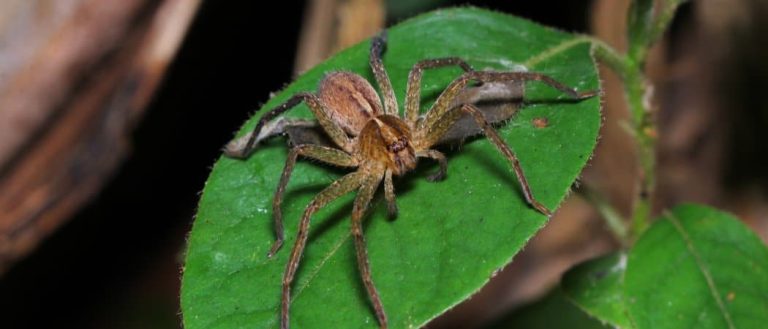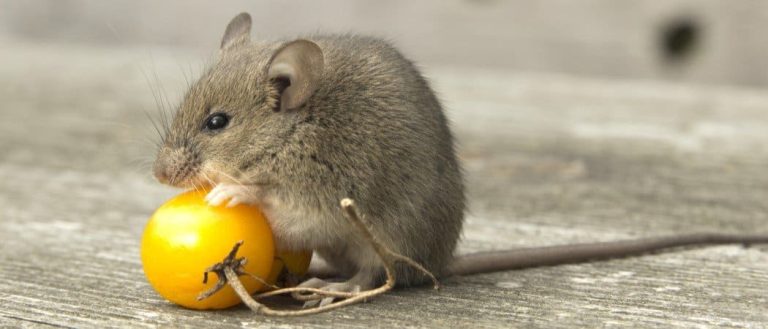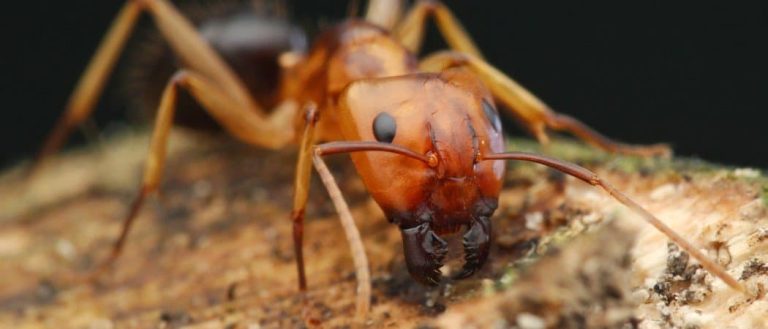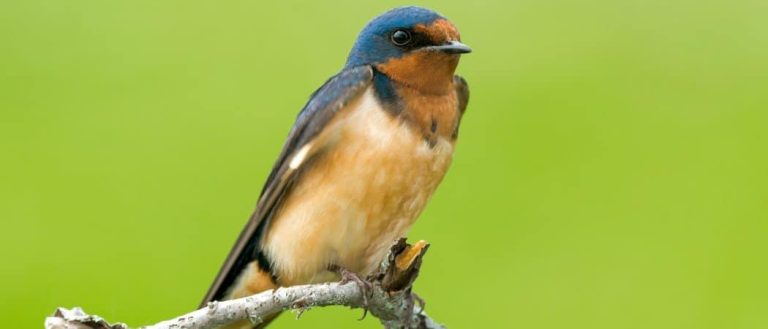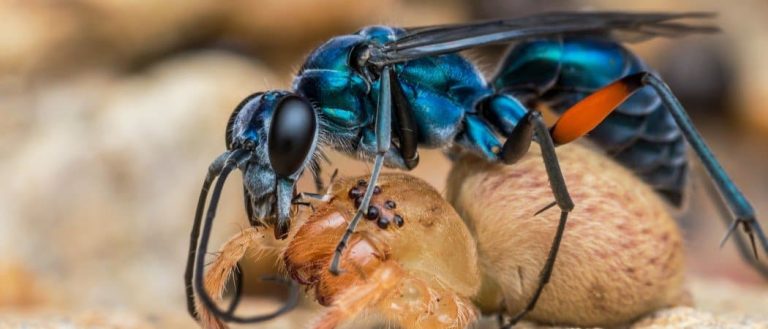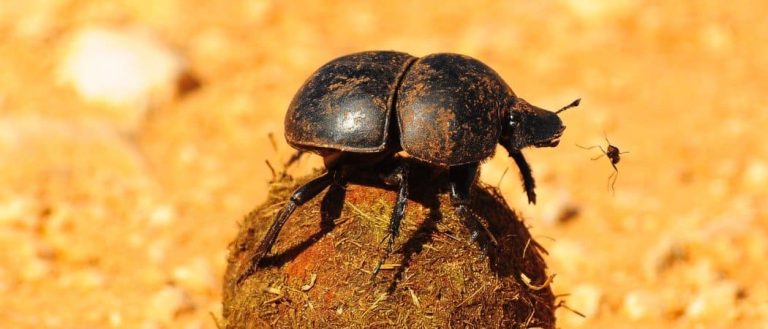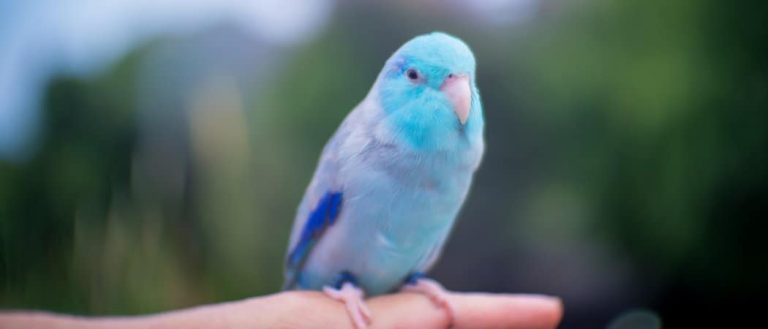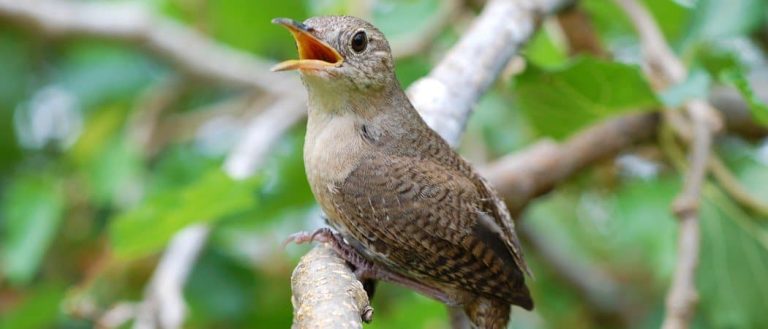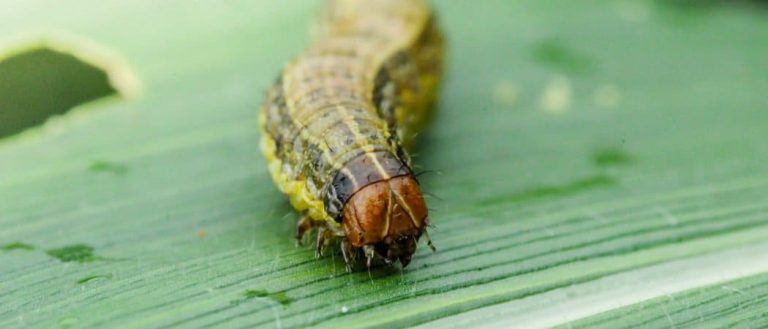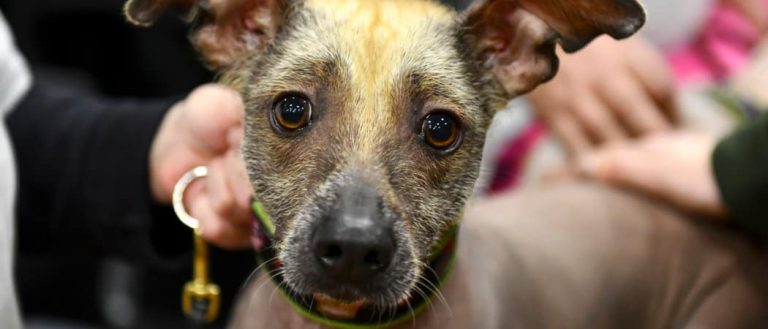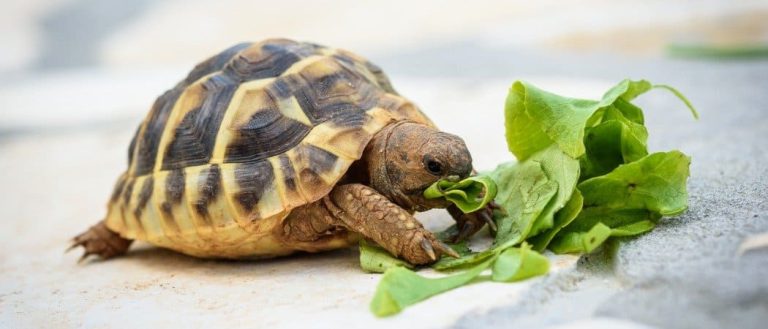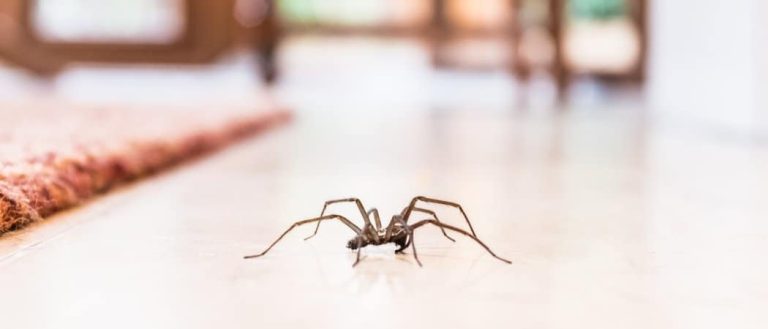Peru
Skink Lizard
Some skinks lay eggs in some habitats while giving birth to skinklets in other habitats.
Caiman Lizard
Caiman lizards are among the largest lizards.
Thrush
The American robin is called the robin because its red breast reminded European settlers of the robin back in the old country.
Mallard
With an appropriate tail wind, the mallard can travel hundreds of miles a day
Crab Spider
Crab Spiders can mimic ants or bird droppings
Huntsman Spider
Some huntsman spiders have an interesting way of moving around. Some cartwheel while others do handsprings or backflips.
Rodents
The capybara, the world’s largest rodent, likes to be in and around bodies of water. Because of this, the Catholic Church in South America decided that it was a fish, and people were allowed to eat it during Lent and First Fridays.
Carpenter Ant
Carpenter ants can lift up to seven times their own weight with their teeth!
Barn Swallow
Older offspring help care for new hatchlings.
Spider Wasp
They prey on spiders to feed their larvae or they parasitize other spider wasps.
Dung Beetle
The dung beetle can push objects many times its own weight
Parrotlet
Parrotlets aren't the world's tiniest parrot — that would be the pygmy parrot of Australasia.
House wren
The wren’s epithet, aedon, comes from a Greek queen who accidentally killed her only son. She was actually aiming for her nephew, and Zeus took pity on her and turned her into a nightingale.
Armyworm
They are so named because they "march" in armies of worms from one crop to another in search of food
Peruvian Inca Orchid
The Peruvian Inca Orchid is the national dog of Peru
Turtles
Some species of aquatic turtles can get up to 70 percent of their oxygen through their butt.
Common House Spider
House spiders have the ability to eat most insects in a home.

